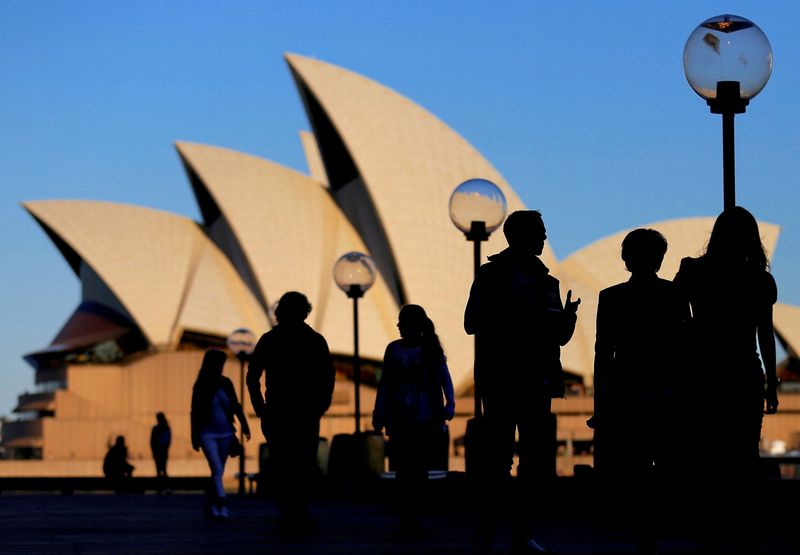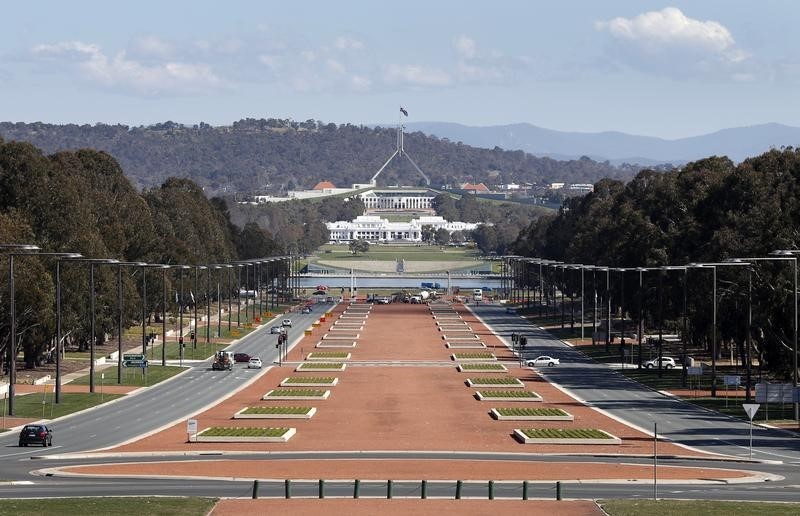SYDNEY (Reuters) - The Australian federal government will have to spend about half its total budget on health, aged care, defence, disability support and debt repayments by 2063 up from about a third now, official forecasts showed on Monday.
The government's "Intergenerational Report 2023" will forecast the total spend on the five categories could rise by about A$140 billion ($90 billion,) or 5.6% of current GDP, over the next 40 years, according to excerpts of the report seen by Reuters.
Ahead of the report's formal release on Thursday, Treasurer Jim Chalmers said though he felt optimistic about the future, the country must adapt and understand the major challenges for the economy ahead.
"Our population will grow more slowly, our people will live longer and healthier lives and our care economy will become an even more central focus in the decades ahead," Chalmers said during a media briefing on Monday.
Australia's total spending on health was expected to increase the most as a share of GDP over the next 40 years, with the care economy increasing from around 8% of GDP currently to around 15% in 2062-63, according to the report.
"Ageing and a growing population are driving strong growth in health and aged care spending," it will say.
Australia's population growth is projected to slow to an average of 1.1% over the next 40 years versus 1.4% over the past 40. The total population is projected to reach 40.5 million in 2062-63, broadly similar to the last report in 2021, from about 26 million now.
The report will warn the cost of servicing government debt will have an enduring impact on government coffers as massive stimulus unleashed during the COVID-19 crisis will require bigger repayments due to inflation and higher interest rates.

Australia recorded the first budget surplus in 15 years in 2022/23, but that is expected to slip back into deficits from this year as the economy slows and interest rates rise.
($1 = 1.5613 Australian dollars)
